DNA Rule-Out for Cold Case, Australia, 1970 – Part I
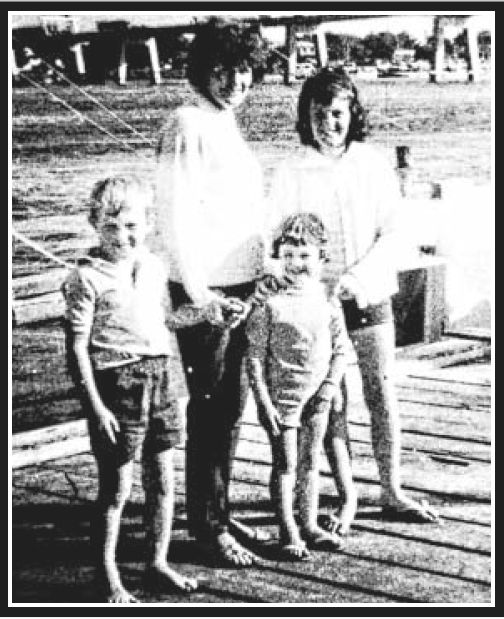
A crime that could not escape media attention in Australia, any more than the Manson family murders could have evaded the public eye here in the States-Elmer Crawford brutally murdered his pregnant wife Theresa (35) and his three children Kathryn (13), James (8), and Karen (6) in 1970. He then disappeared. Elmer electrocuted his family while they slept using an electrical cable he had […]
Unknown Child on the Titanic – Part IV (Conclusion)

When AFDIL attempted an identification through Y-DNA, I was asked by my colleague Dr. Odile Loreille to find a Y-DNA reference for Sidney Goodwin. We were just finishing up the identification of The Hand in the Snow, so she knew I was available for a new project. Of course, my first step was to search Ancestry.com to obtain information about the […]
Unknown Child on the Titanic – Part III
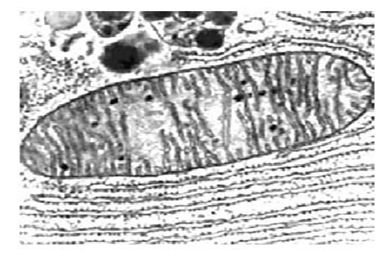
To understand what happened next, you have to know a little about mitochondrial DNA (mtDNA). Mitochondrial DNA is contained in small, football-shaped inclusions outside the nucleus of a cell. It’s widely believed that mitochondria were once independent bacteria that invaded primitive cells millions of years ago. Instead of being digested, these bacteria took up residence […]
Unknown Child on the Titanic – Part II

After eight and a half decades, there was little left of the child’s body. Only a small piece of wrist bone and the crowns of three tiny baby teeth had survived the inclement weather and damp, slightly acidic soil. In the spring of 2002, when Parr and Ruffman determined that the child was not Gosta Paulson based […]
Unknown Child on the Titanic – Part I
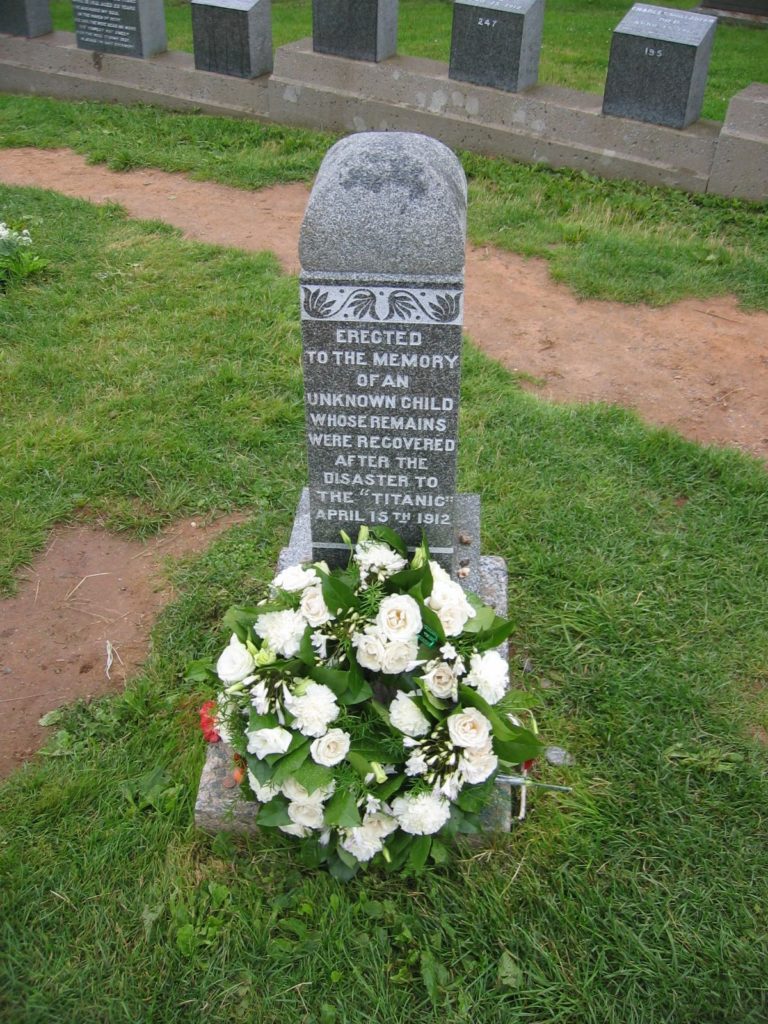
On April 20-23 1912, on its mission from Halifax to salvage remains from the Titanic, the crew of the cable ship Mackay-Bennett pulled 306 bodies from the frigid waters of the north Atlantic. Only one of them, body No. 4, was that of a child. At the time, the best that forensic identification could offer was the observations, […]
Jeni's Family Reunion

Jeni Reed was raised by her maternal grandmother and knew almost nothing about her dad Thomas McKay. Yet we were able to find him! I surprised Jeni with the news on June 16. To add to the excitement, we discovered that Jeni has three sisters and a brother she had never met, plus a new aunt […]
23 and Me Male and Female Haplgroups
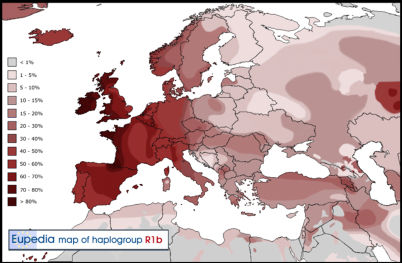
I just spent the evening reviewing the male and female haplogroups of Benjaman’s 23 and Me matches that are predicted to be at the 3rd and 4th cousins levels. I was hoping to find a geographical pattern that might indicate his origins. Unfortunately, the haplogroups of his matches do not reveal too much information because of their […]
Happy Reunion
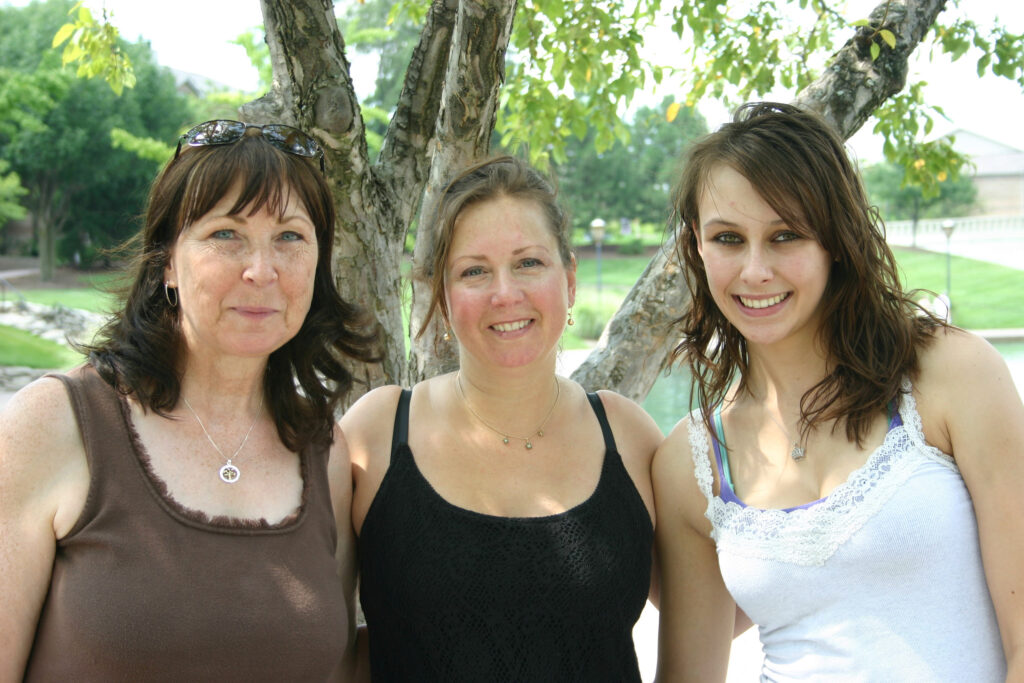
Identifinders is happy to have reunited Bonnie Dodson and her dad in July 2010 after 55 years. Bonnie is looking forward to meeting the rest of her new family. We are just thrilled to have been an important part of bringing about such a happy ending! Colleen Fitzpatrick PhD
